Divyesh Jadav
Invisible Watermarking for Audio Generation Diffusion Models
Sep 22, 2023Abstract:Diffusion models have gained prominence in the image domain for their capabilities in data generation and transformation, achieving state-of-the-art performance in various tasks in both image and audio domains. In the rapidly evolving field of audio-based machine learning, safeguarding model integrity and establishing data copyright are of paramount importance. This paper presents the first watermarking technique applied to audio diffusion models trained on mel-spectrograms. This offers a novel approach to the aforementioned challenges. Our model excels not only in benign audio generation, but also incorporates an invisible watermarking trigger mechanism for model verification. This watermark trigger serves as a protective layer, enabling the identification of model ownership and ensuring its integrity. Through extensive experiments, we demonstrate that invisible watermark triggers can effectively protect against unauthorized modifications while maintaining high utility in benign audio generation tasks.
GNN-Ensemble: Towards Random Decision Graph Neural Networks
Mar 20, 2023
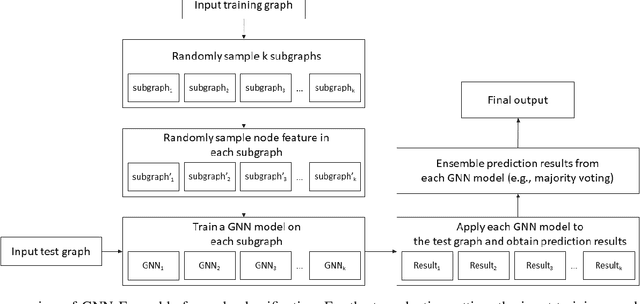

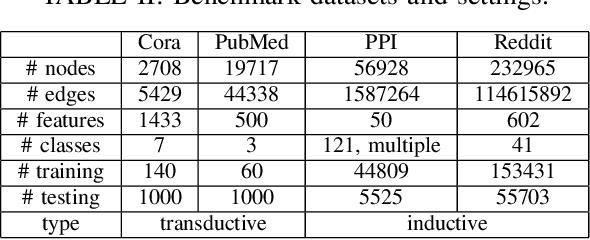
Abstract:Graph Neural Networks (GNNs) have enjoyed wide spread applications in graph-structured data. However, existing graph based applications commonly lack annotated data. GNNs are required to learn latent patterns from a limited amount of training data to perform inferences on a vast amount of test data. The increased complexity of GNNs, as well as a single point of model parameter initialization, usually lead to overfitting and sub-optimal performance. In addition, it is known that GNNs are vulnerable to adversarial attacks. In this paper, we push one step forward on the ensemble learning of GNNs with improved accuracy, generalization, and adversarial robustness. Following the principles of stochastic modeling, we propose a new method called GNN-Ensemble to construct an ensemble of random decision graph neural networks whose capacity can be arbitrarily expanded for improvement in performance. The essence of the method is to build multiple GNNs in randomly selected substructures in the topological space and subfeatures in the feature space, and then combine them for final decision making. These GNNs in different substructure and subfeature spaces generalize their classification in complementary ways. Consequently, their combined classification performance can be improved and overfitting on the training data can be effectively reduced. In the meantime, we show that GNN-Ensemble can significantly improve the adversarial robustness against attacks on GNNs.
Temporal Tensor Transformation Network for Multivariate Time Series Prediction
Jan 04, 2020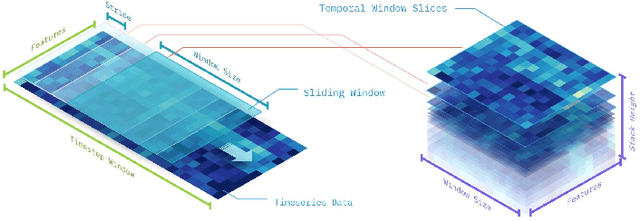
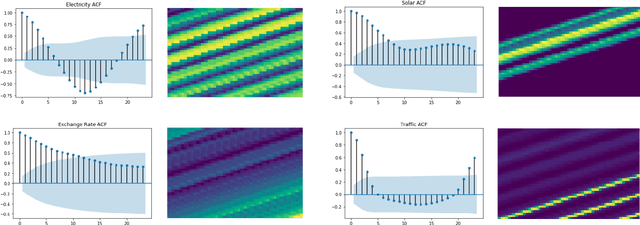

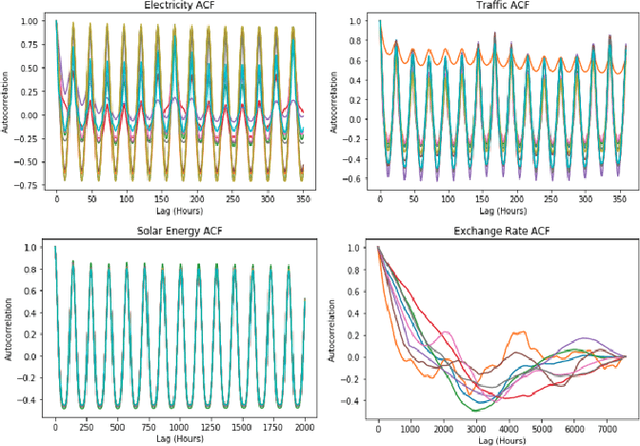
Abstract:Multivariate time series prediction has applications in a wide variety of domains and is considered to be a very challenging task, especially when the variables have correlations and exhibit complex temporal patterns, such as seasonality and trend. Many existing methods suffer from strong statistical assumptions, numerical issues with high dimensionality, manual feature engineering efforts, and scalability. In this work, we present a novel deep learning architecture, known as Temporal Tensor Transformation Network, which transforms the original multivariate time series into a higher order of tensor through the proposed Temporal-Slicing Stack Transformation. This yields a new representation of the original multivariate time series, which enables the convolution kernel to extract complex and non-linear features as well as variable interactional signals from a relatively large temporal region. Experimental results show that Temporal Tensor Transformation Network outperforms several state-of-the-art methods on window-based predictions across various tasks. The proposed architecture also demonstrates robust prediction performance through an extensive sensitivity analysis.
 Add to Chrome
Add to Chrome Add to Firefox
Add to Firefox Add to Edge
Add to Edge